Planning and conducting
Based on the Australian Curriculum, Planning and conducting in Science Year 1 includes:
- Plus Plan
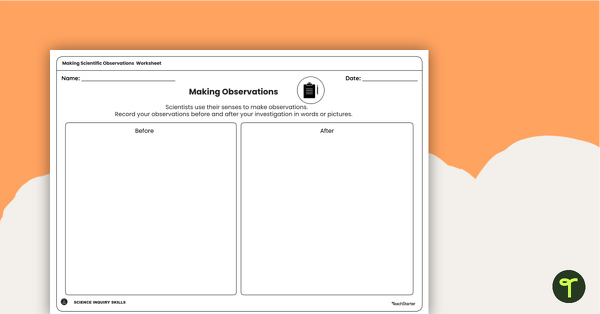
Making Scientific Observations Worksheets
Use this set of two worksheets to help your students record their own scientific observations during science experiments and projects.
- Free Plan
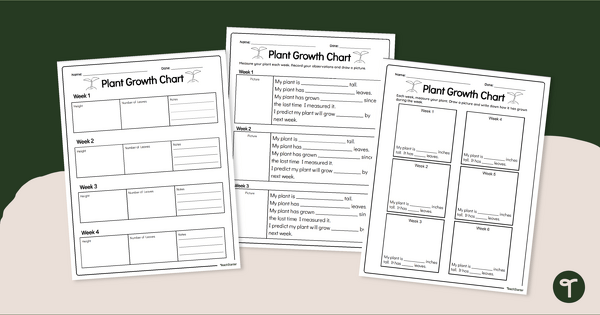
Plant Growth Chart Worksheet
Record the growth and changes in a plant over time with one of our differentiated plant growth charts.
- Plus Plan
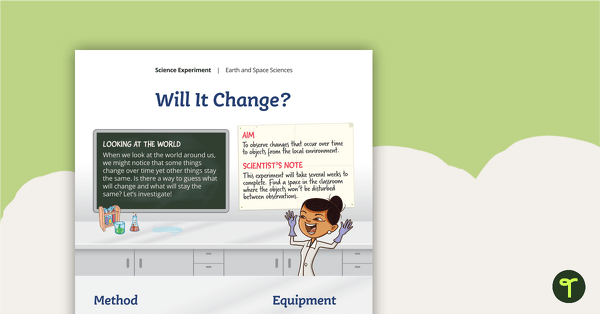
Science Experiment - Will It Change?
A science investigation in which the students observe changes that occur to various objects over time.
- Plus Plan
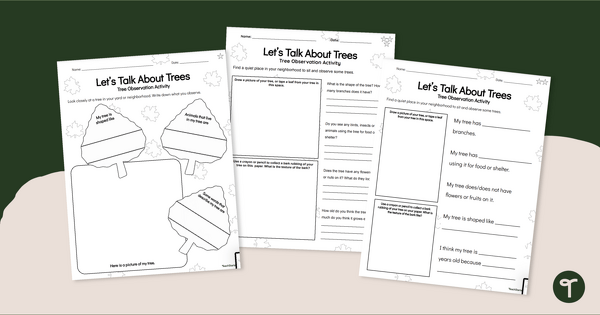
Tree Observation Worksheets
Record observations of trees in the local environment with a printable graphic organiser.
- Plus Plan

Plant Journal Observation Worksheets
Observe and record information about plants with a printable plant journal worksheet.
- Plus Plan
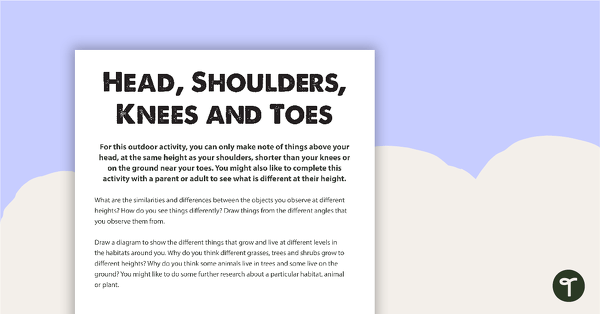
Adjectives All Around - Outdoor Observation Activity
Engaging activities where students observe and describe their outdoors environment.
- Plus Plan
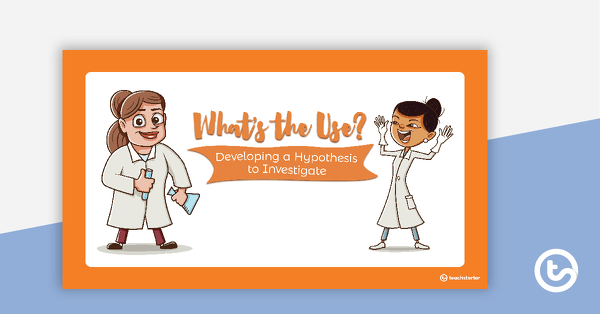
What's the Use? PowerPoint - Developing a Hypothesis to Investigate
A teaching presentation discussing the development of a scientific hypothesis.
- Plus Plan
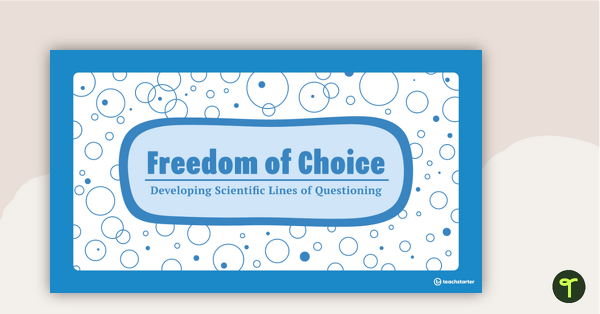
Freedom of Choice PowerPoint - Developing Scientific Lines of Questioning
A teaching presentation discussing the development of scientific lines of questioning.
- Plus Plan
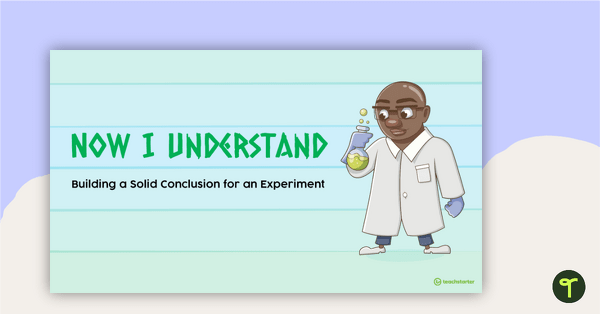
Now I Understand PowerPoint - Building a Solid Conclusion for an Experiment
An educational teaching presentation introducing the students to the R.E.R.U.N. method for writing a scientific conclusion.
- Plus Plan
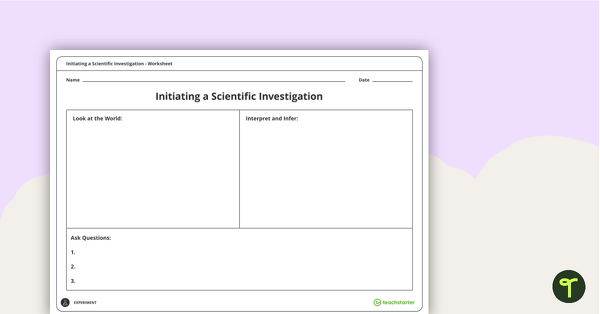
Initiating a Scientific Investigation Worksheet
A worksheet to help the students begin the process of a scientific investigation.
- Plus Plan
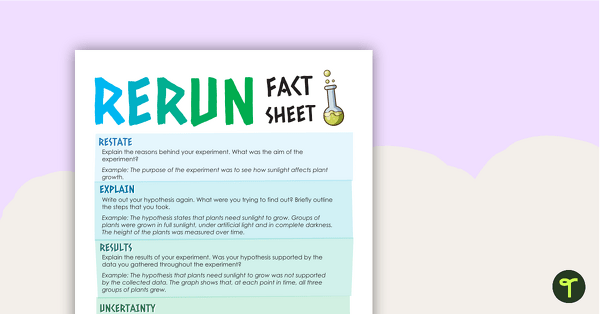
R.E.R.U.N. - Writing a Scientific Conclusion Fact Sheet
An educational fact sheet introducing the students to the R.E.R.U.N. method for writing a scientific conclusion.
- Plus Plan
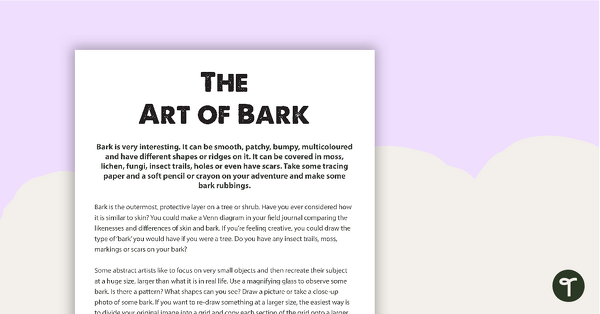
The Art of Bark Outdoor Activity
An integrated science and art activity for observing plants in the environment.
- Plus Plan
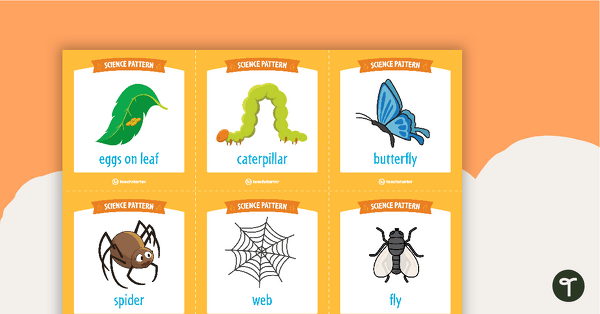
Science Pattern Match Cards
A set of 89 task cards to help students learn about patterns in nature.
- Plus Plan
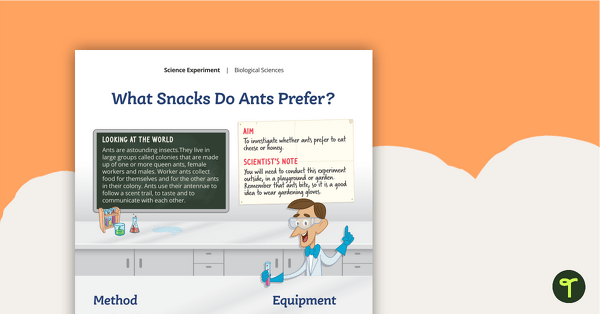
Science Experiment - What Snacks Do Ants Prefer?
A science experiment which explores the food preferences of ants.
- Plus Plan
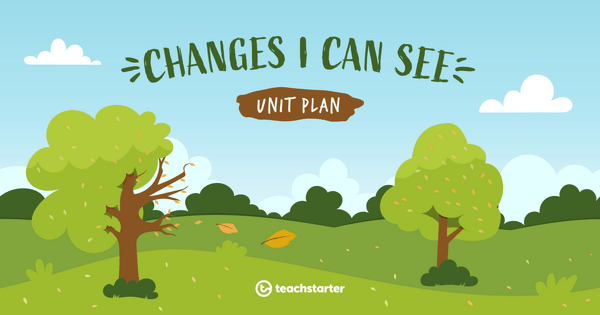
Changes I Can See!
This Earth and Space Sciences unit explores how and why changes occur in the sky and landscape, and develops students' ability to describe these changes in their local environment.
- Plus Plan
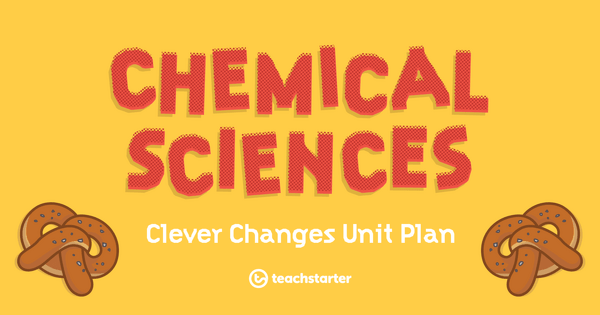
Chemical Sciences: Clever Changes – Unit Plan
This Chemical Sciences unit investigates the physical changes of materials and how properties change when materials stretch, bend, twist, heat or cool. Students predict how materials will vary and whether they can be returned to their original state.
- Plus Plan
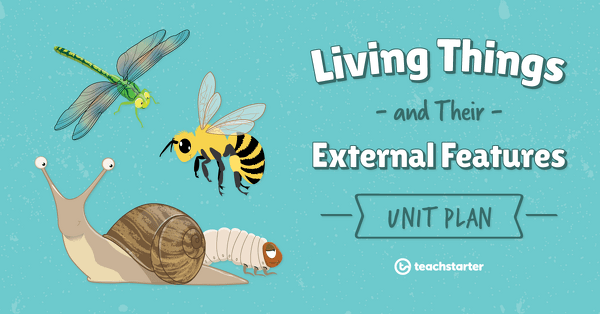
Living Things and Their External Features Unit Plan
This Biological Sciences unit covers a range of concepts relating to living things, such as their external features and the places in which their needs are met.
- Plus Plan
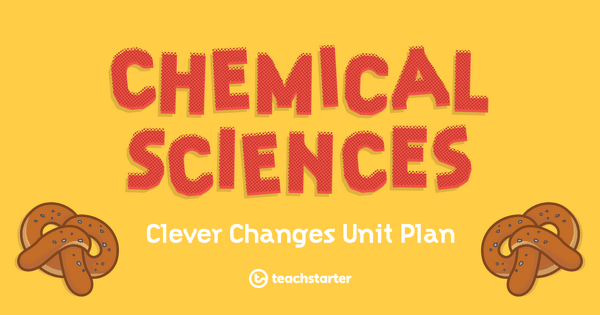
Handy Heating
A 60-minute lesson designed to explain how certain materials change when they are heated.
- Plus Plan
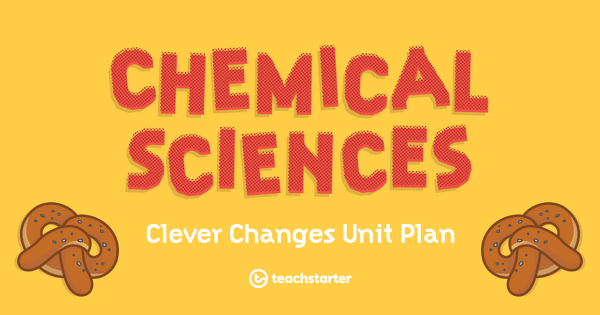
Choice Cooling
A 60-minute lesson designed to explain how certain materials change when they are cooled.
- Plus Plan
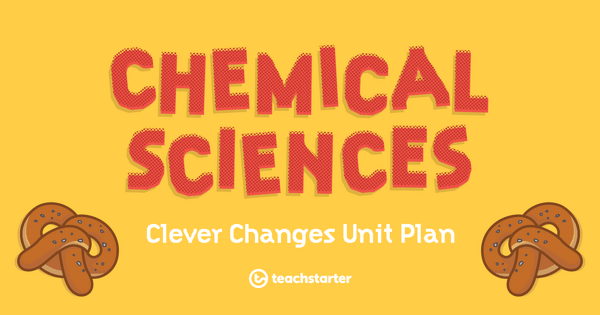
Are You Getting Hot or Cold?
A 60-minute lesson designed to summarise the physical changes that occur when things stretch, bend, twist, heat and cool.
- Plus Plan
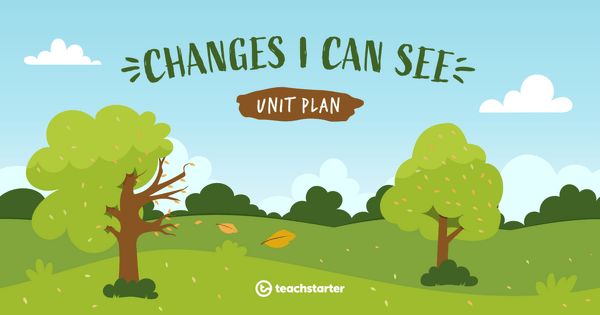
What Will Change?
- Plus Plan
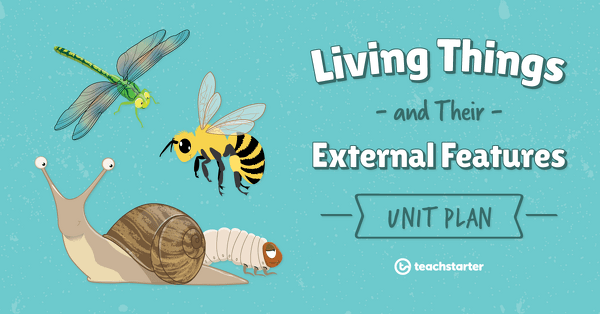
What Snacks Do Ants Prefer?
A 60 minute lesson in which students will investigate which foods ants prefer to eat.